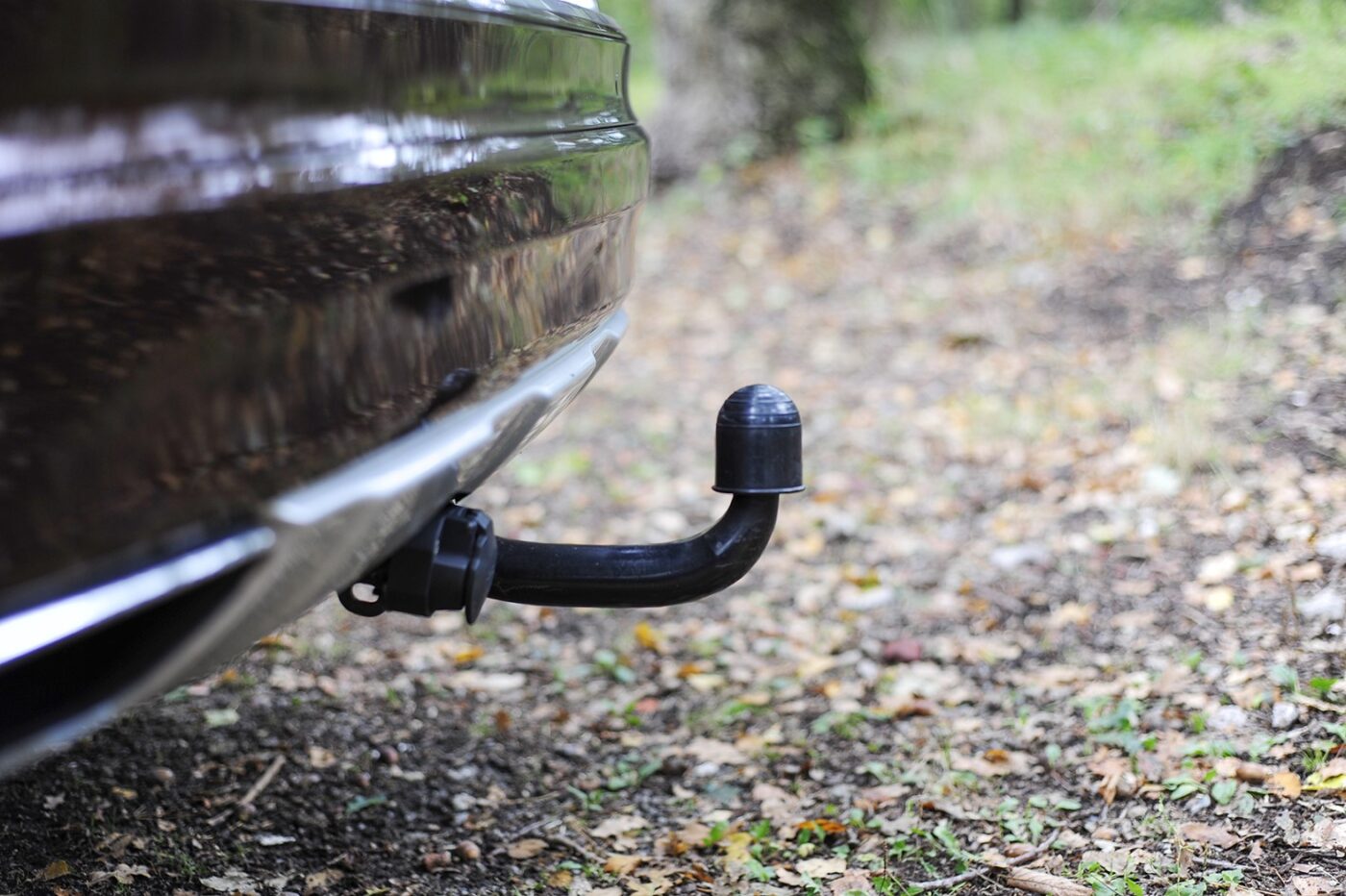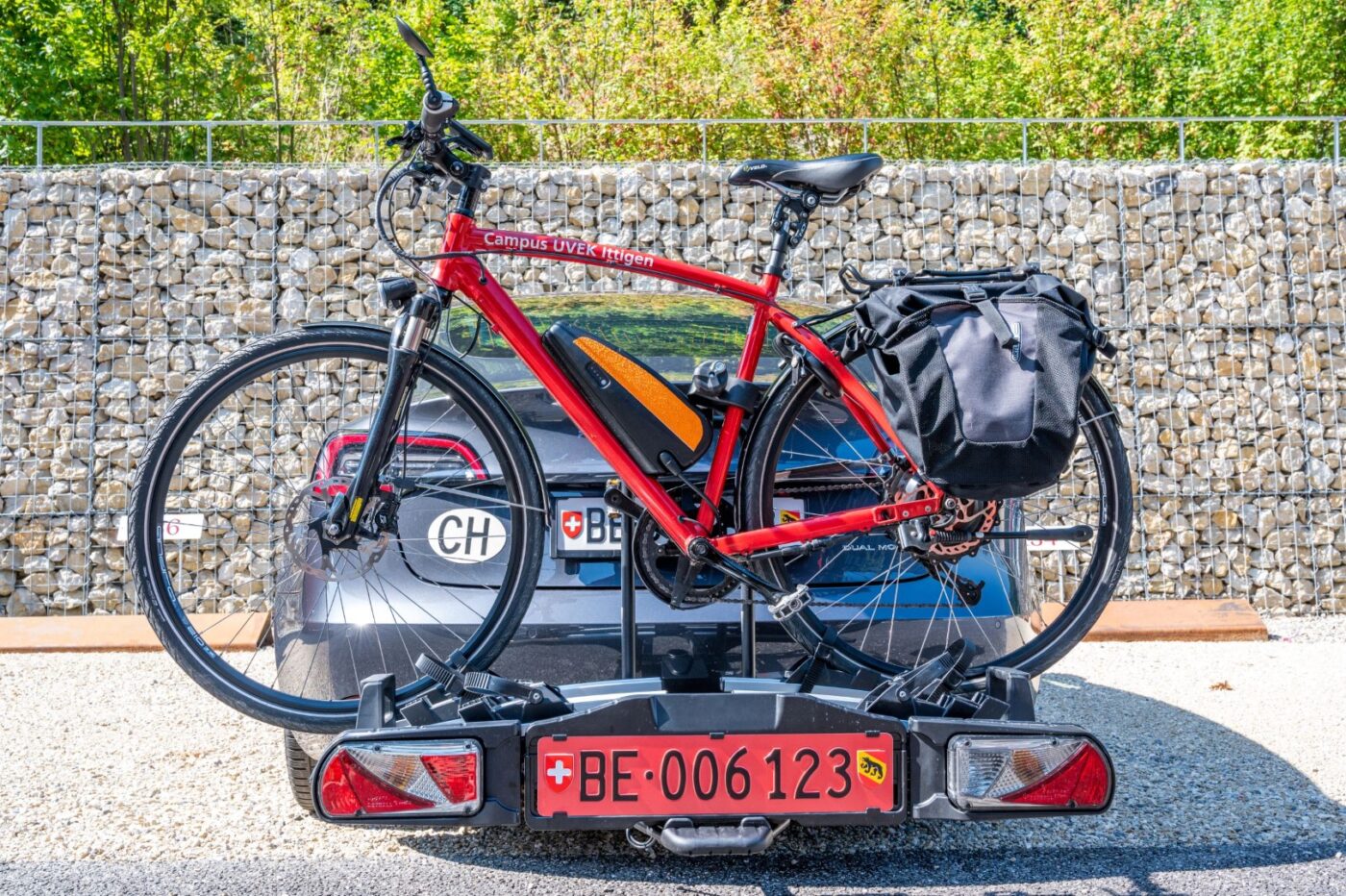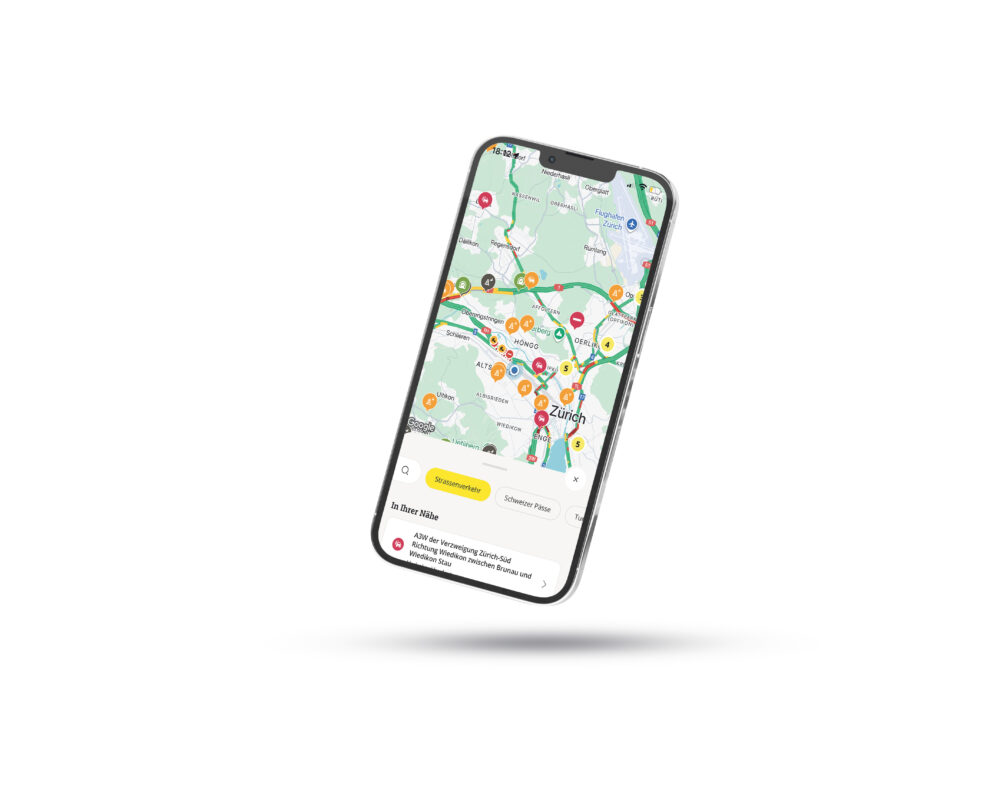Retrofitting trailer couplings: So that the hook has no hook
Since the boom in rear-mounted bike carriers, trailer couplings have never been more in demand. But there are a few things to bear in mind when retrofitting. We provide tips and explain why retrofitting abroad is not a good idea and what you need to know about the red bike rack control plate.

Since the spread of rear-mounted bike carriers, towbars have become an issue even for many drivers who have nothing to do with trailers. But how does your own car - for example a newly purchased used car - get a towbar if it doesn't already have one?
Retrofitting towbars is basically no magic trick. It is possible for almost all cars and there are offers from both car manufacturers and independent suppliers, whereby the electrical connection box is required in addition to the actual hook. The costs vary depending on the car, the model, the desired drawbar load, the intended use and the design. Rigid towbars (i.e. with a fixed ball head) are the cheapest in terms of costs (material and labor). However, they also have disadvantages. The exposed, fixed ball head is constantly exposed to the weather and quickly causes damage and often bruises on the shins when maneuvering. The solution could be a detachable towbar, but it is more expensive. However, there is a much more elegant solution: Although towbars that can be folded in and out are a popular solution, especially for new cars, they are also the most expensive solution when retrofitting.
Do-it-yourself is not advisable
It starts with the fact that the towbar and the electrics must be type-approved and suitable and permitted for the vehicle. Depending on the vehicle, this can be a bit of a science in itself, which is why garages are the right people to contact. Furthermore, simply googling can lead you down the wrong path. For example, the internet likes to claim that it is sufficient to carry the relevant documents once a towbar has been fitted. In fact, there are countries where this is the case. But beware: In Switzerland, a retrofitted towbar must always be checked and registered in the vehicle registration document. An ideal choice are therefore specialist garages that have a permit for self-acceptance. These garages are allowed to carry out the inspection themselves, eliminating the need to go to the MFK. The addresses of these specialist companies can be obtained from road traffic offices or from the sections of the AGVS car trade association, for example.

Isn't it cheaper abroad?
This common tip should be taken with a grain of salt. Of course it is possible to have the towbar fitted abroad. However, foreign companies are not necessarily familiar with Swiss regulations. Not to forget: The time and travel costs for the journey there and back are quickly quite high. But above all, there is the customs: the planned retrofitting must be declared as active processing at customs on departure. On the return journey, the retrofit must be declared again if the work and parts cost more than CHF 300. Although foreign VAT does not have to be paid, Swiss VAT does have to be paid. And in the end, despite all the effort involved, there is still no way around the motor vehicle inspection, because the towbar has to be entered in the vehicle registration document. All in all, it makes sense to retrofit a towbar in Switzerland.
Legal regulations that need to be observed with a trailer coupling are often overlooked. For example, the permissible drawbar load and whether the weight of the packed bikes is within the permissible limits must be taken into account. In the case of e-bikes, it may be necessary to stow the batteries inside the vehicle. In the case of detachable and retractable towbars, it is important to check whether they need to be removed or folded away when not in use. To do this, it is advisable to check the vehicle registration document: if the entry requires this when not in use, it must be done. But beware: If nothing is stated in the vehicle registration document, it is still necessary to check whether the towbar could cover parts of the license plate or the lights - because then it must be removed or folded in when not in use, even if this is not explicitly stated in the vehicle registration document.
A red license plate on the bike rack is the perfect addition. The red plate has been available since 2022 and saves you having to remount the white rear license plate from the car to the bike rack and back. The red plate is not mandatory, so the white plate can still be fitted voluntarily. Incidentally, the red license plate is not a license plate at all: it is only valid as a copy, not as a license plate itself, and may only be mounted on the vehicle with identical white plates and only on the bike carrier. The red plate is available from road traffic offices, usually via online ordering. Delivery times vary, but you should always allow four weeks to be on the safe side. The costs vary depending on the canton, usually from 10 to over 30 francs - sometimes including, sometimes plus shipping.








